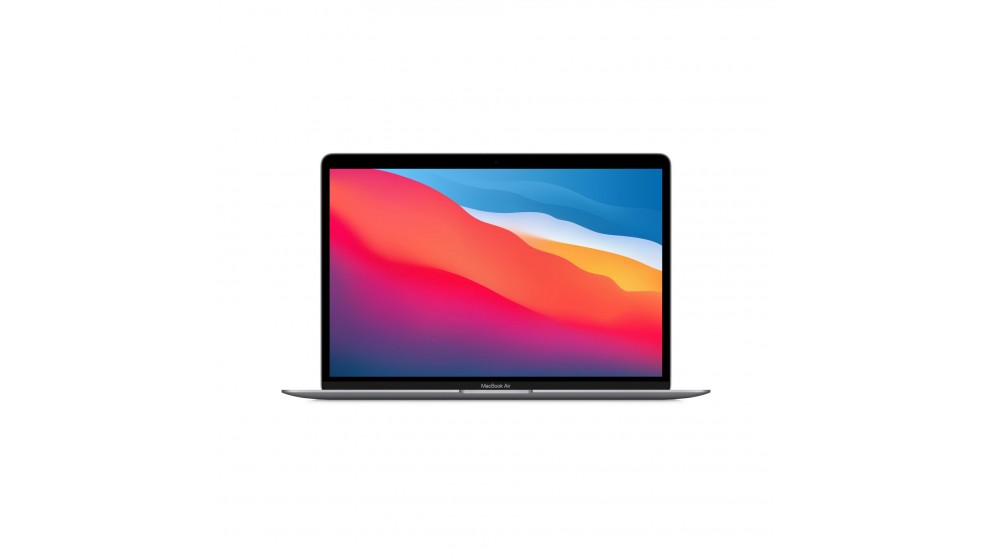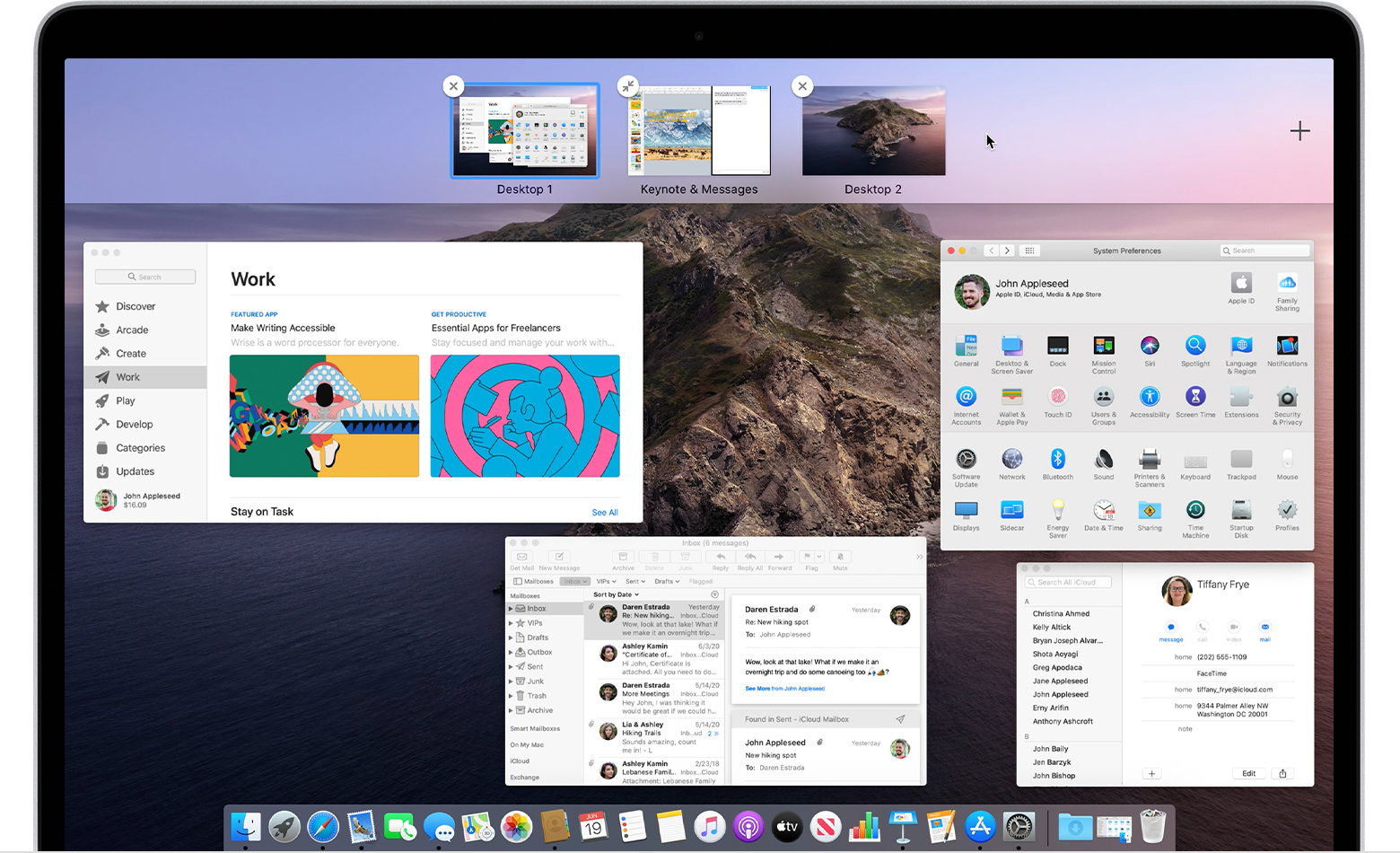In Between The Space Mac OS


- DaisyDisk, GrandPerspective, and Disk Inventory X are probably your best bets out of the 10 options considered. 'Helps find and delete files taking up HDD space' is the primary reason people pick DaisyDisk over the competition. This page is powered by a knowledgeable community that helps you make an informed decision.
- The Secure Erase Free Space feature in Disk Utility on your Mac added a layer of privacy and security to file deletion. The feature allowed you to overwrite the free space on a drive to prevent.
Dec 31, 2014 All you have to do is click on the title bar of any window, and then use CTRL + 1 or 2 or whatever the number of the Space is. There’s no way that we know of to only use the keyboard to move a window, but this definitely helps. If you know of a better method, be sure to let us know in the comments. Nov 14, 2020 The Apple devices only support the MAC OS, so other companies cannot provide the MAC OS in their devices. It is expensive as compared to Windows, but still, people love to use the services of MAC OS. 10 Noticeable Differences Between Windows & Mac. All you have to do is click on the title bar of any window, and then use CTRL + 1 or 2 or whatever the number of the Space is. There’s no way that we know of to only use the keyboard to move a window, but this definitely helps. If you know of a better method, be sure to let us know in the comments.
In Between The Space Mac Os Catalina
| Click here to return to the 'Insert non-breaking spaces' hint |
That's been around as long as I can remember, I think in the pre-OS X days as well. I can only test it in Classic right now, but yes, it works there.
Yes, it was already there before Mac OS X, and with international keyboard layouts as well.
I'm not sure how far back this goes, …
It goes back to System 1.0.
In MS-Word (only) it is CMD-SHIFT-<hyphen> to create a non-breaking hyphen.
Non breaking hyphen us unicode u2011 - I'm not sure if it has a normal keyboard way of entering it, but if you choose the 'Unicode Hex Input' input method, you can do opt+2011 to enter it.
A bit clumsy though.
---
~/.sig: not found
Woah. I am surprised this isn't in here yet. This has definitely been around since the classic days, maybe even System 1.0 as another commenter suggests.
Option-Space also sometimes lets you type a space character when the spacebar would otherwise do something else, such as selecting the first item in a folder instead of activating Quicklook in the Leopard Finder (I think this hint was posted here). Ditto for selecting playlists in iTunes instead of play/pausing (I don't know if that has been hinted. Fair game if it hasn't).
I'm not sure how far back this goes, but on Leopard at least, pressing Option-Space on the US or US Extended keyboard layouts inserts a non-breaking space (U+00A0) rather than a normal space (U+0020).This has been the rule on French keyboards since... but it's broken in Mail.app in Leopard (I never used Mal.app before TimeMachine and the fact that a big mail database is a Go hog in backups). Mail.app 3 inserts normal spaces instead of non breaking spaces and it's frustrating. In French you insert non-breaking spaces before '; : ? !' and » and after «. So you get punctuation marks at the beginning of lines and that's not very clean, to say the least.
In Between The Space Mac Os Catalina
In OS X, you can easily create new shortcuts.
Create a file called: ~/Library/KeyBindings/DefaultKeyBinding.dict
using a plain text editor.
Add a line like:
'^`' = ('insertText:', '‑'); /* nbhy */
This means 'Control-` generates a command to insert a non-breaking hyphen character.
You can also insert a whole word, which is good for words or sequences of words you type often that are long like:
'^M' = ( 'insertText:', 'Massachusetts' );
'^N' = ( 'insertText:', 'New Hampshire' );
which means Control-M (not Control-m) inserts Massachusetts.
You can also use 2 character sequences, like
'^s' = {
'^c' = ('insertText:', '✔');
'^x' = ('insertText:', '✘'); /* X Symbol */
'^1' = ('insertText:', '¹'); /* superscript 1 */
'^2' = ('insertText:', '²'); /* superscript 2 */
'^3' = ('insertText:', '³'); /* superscript 3 */
};
Then Control-s followed by Control-c enters a check mark, etc.
Yes, this also be used for commands like:
'^a' = 'deleteToBeginningOfParagraph:';
which is similar to the built-in Control-k command (delete to end of paragraph and put it in the yank buffer).
Or to move the cursor right by 7 words:
'^UF703' = (
'moveWordForward:',
'moveWordForward:',
'moveWordForward:',
'moveWordForward:',
'moveWordForward:',
'moveWordForward:',
'moveWordForward:'
);
I get endless amusement out of this kind of thing.